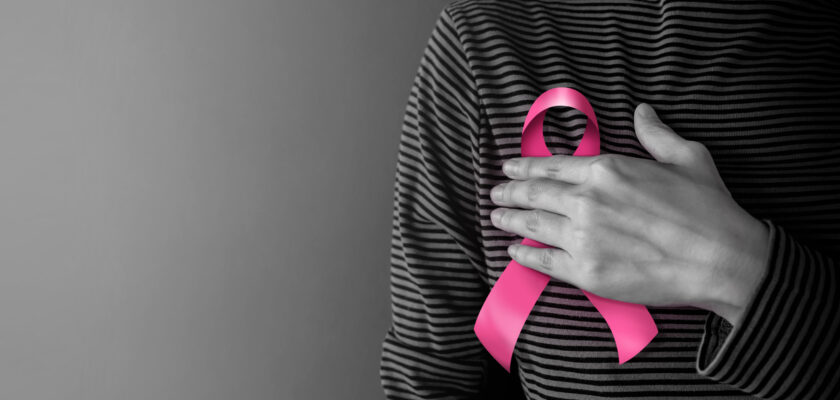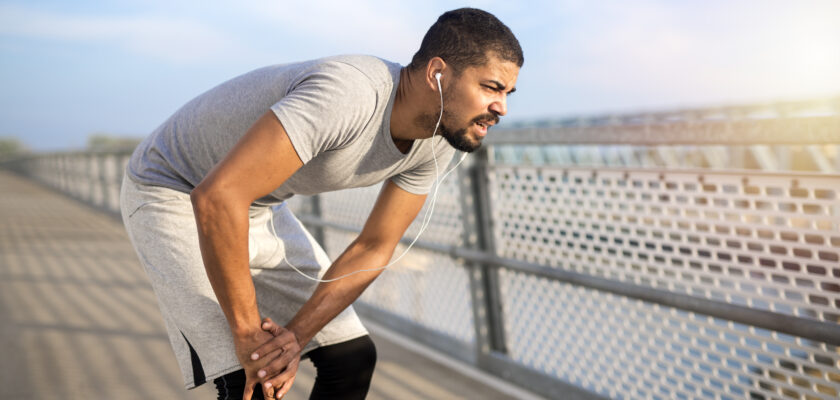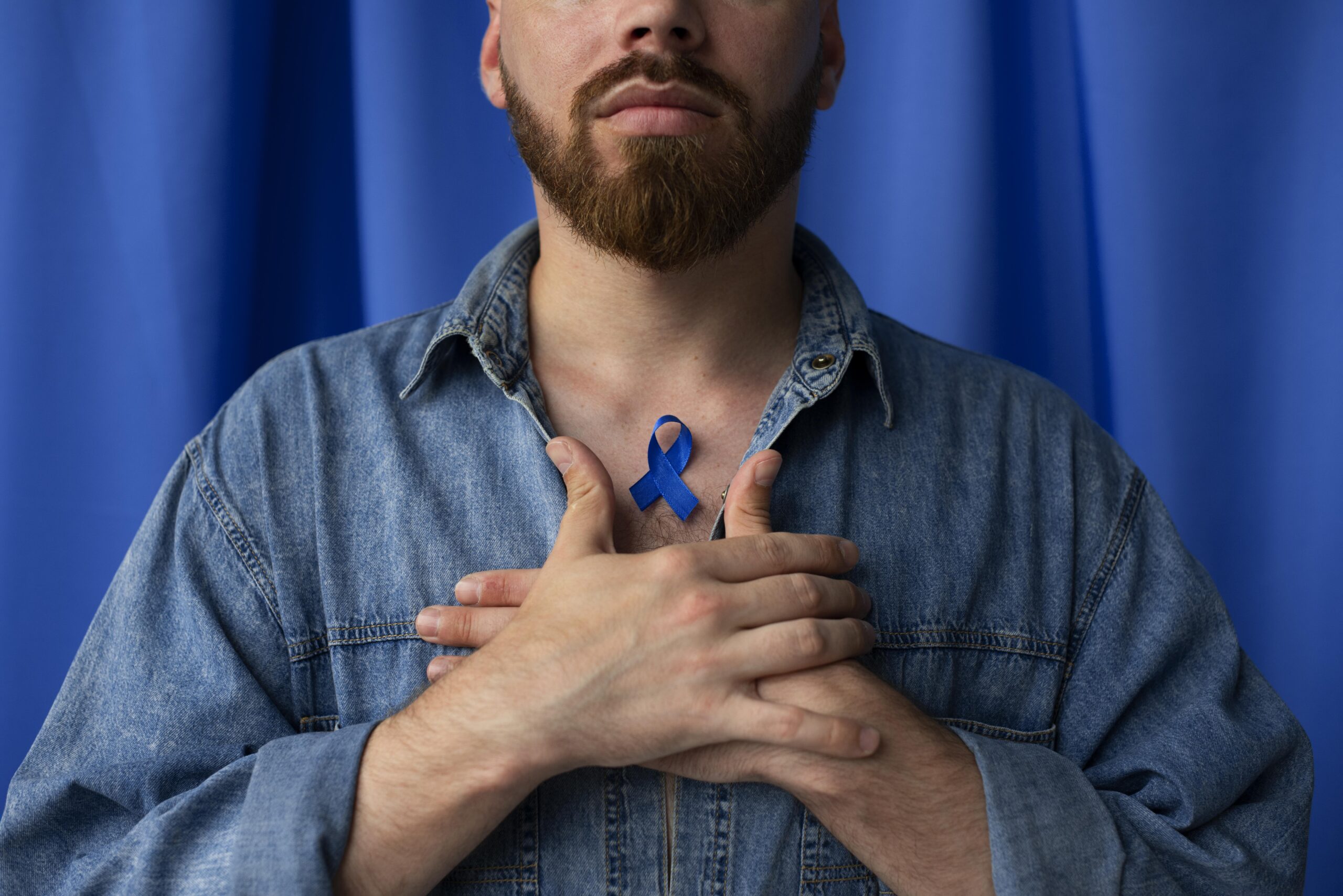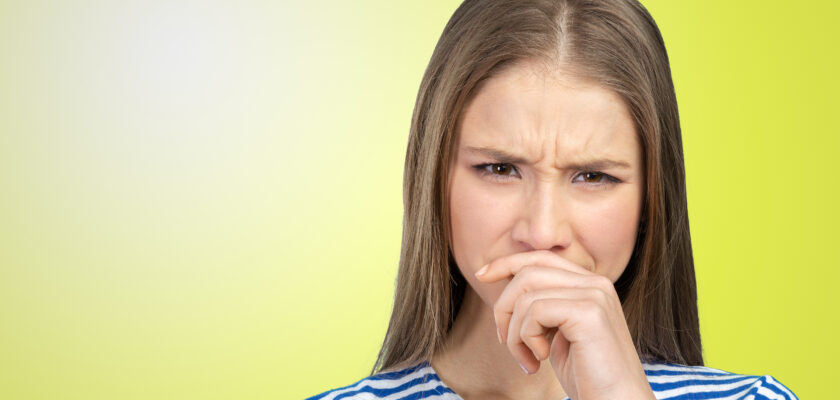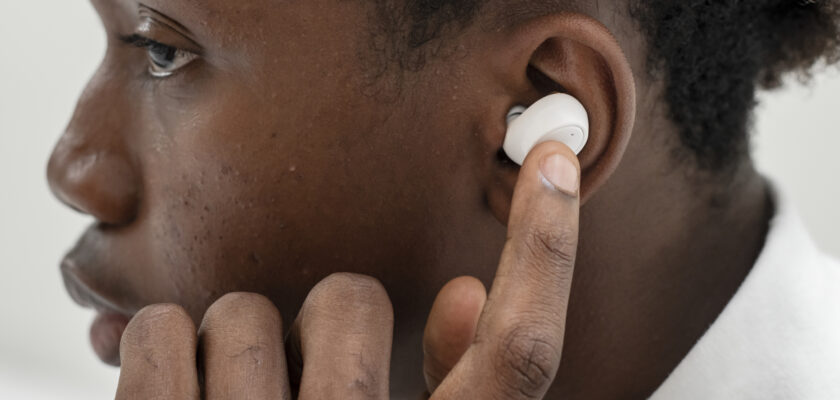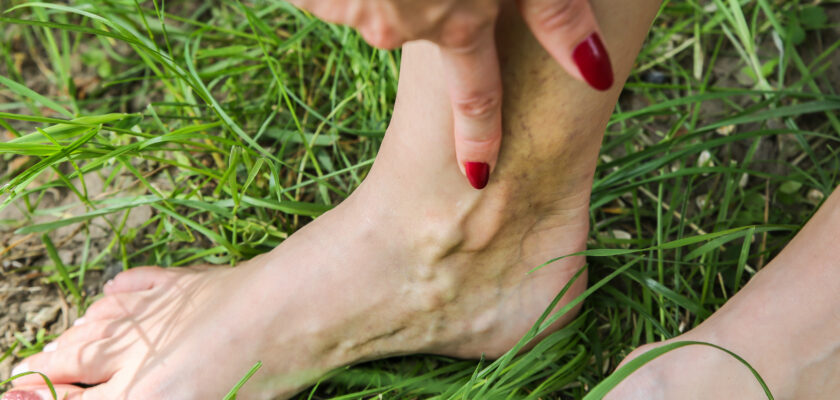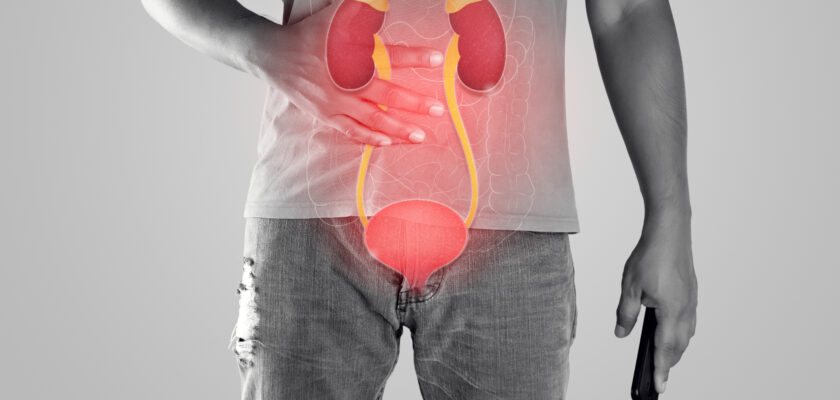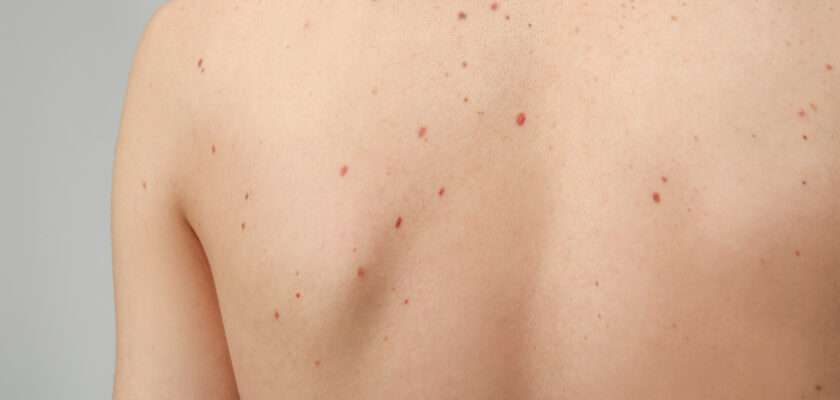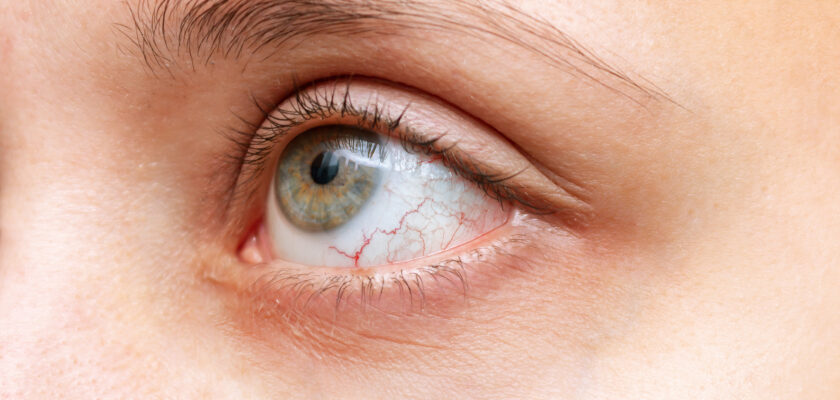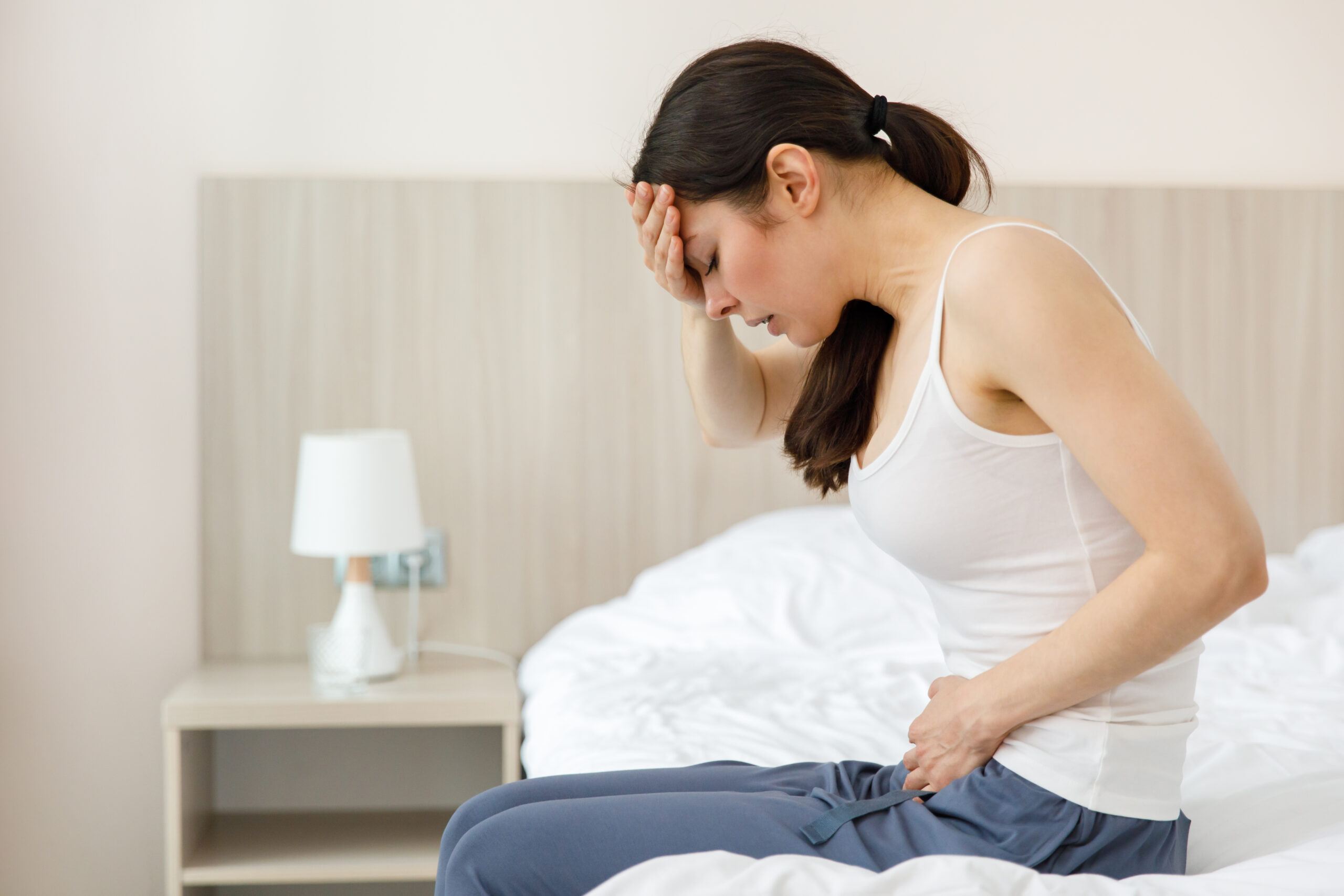Breast cancer is a disease that is prevalent among women. It involves the presence of malignant cells in the breasts. Usually, the first sign patients notice is a lump in the affected area. But, in some cases, growths can turn out to be non-cancerous. Therefore, it is necessary to know other indicators of the illness to detect cancer early. Here are five warning signs of breast cancer that should be monitored closely.
Changes in nipples
Breast cancer can cause changes in the appearance of both nipples. They can turn scaly and dry. The cells in the affected nipple can also lead to inversion, wherein the tip presses inwards. Some patients also experience a yellow discharge that is unusually thick. While this type of leak may not necessarily mean breast cancer, it is a concern when it occurs with other signs.
Redness
A tumor can bring about many changes in the breasts, which causes them to swell and turn red. Cancer cells interfere with the lymphatic vessels, leading to discoloration. The breasts turn tender or sore because of new developments. If one notices a purplish tint, rashes, or red patches, they should consult a doctor.
Increase in breast size
When cancerous cells multiply, the breasts develop swellings that can increase their size. If one breast appears to be larger than the other, it could be a warning sign of breast cancer. Again, cysts and lumps don’t necessarily mean they are indicators of cancer. They could occur due to other reasons like eczema or certain infections as well.
Pain in the breast
Pain may range from mild discomfort to a sharp sensation. The swelling and soreness can contribute to this pain. The chest may feel extremely heavy as cancer cells tighten up breast tissues. While pain can be a warning sign for a few, it is important to note that others may not feel anything at all. Breast cancer affects individuals differently. If one feels pain consistently, they should see a doctor.
Swollen lymph nodes
While one may not specifically notice inflamed lymph nodes on the surface of the skin, the area surrounding the breasts, including the underarms and collarbones, may appear swollen. One should use their fingertips to check for new growth or unusual tenderness in these areas. The swelling may occur after the malignant cells escape the breast and move towards the lymph nodes in proximity.
Few people with breast cancer may show all the above symptoms, while others may experience nothing at all. Everyone’s body reacts to breast cancer differently. In case one notices these signs, it is important to speak to a healthcare professional before jumping to conclusions. Chances are that the signs are indicative of other milder conditions.
